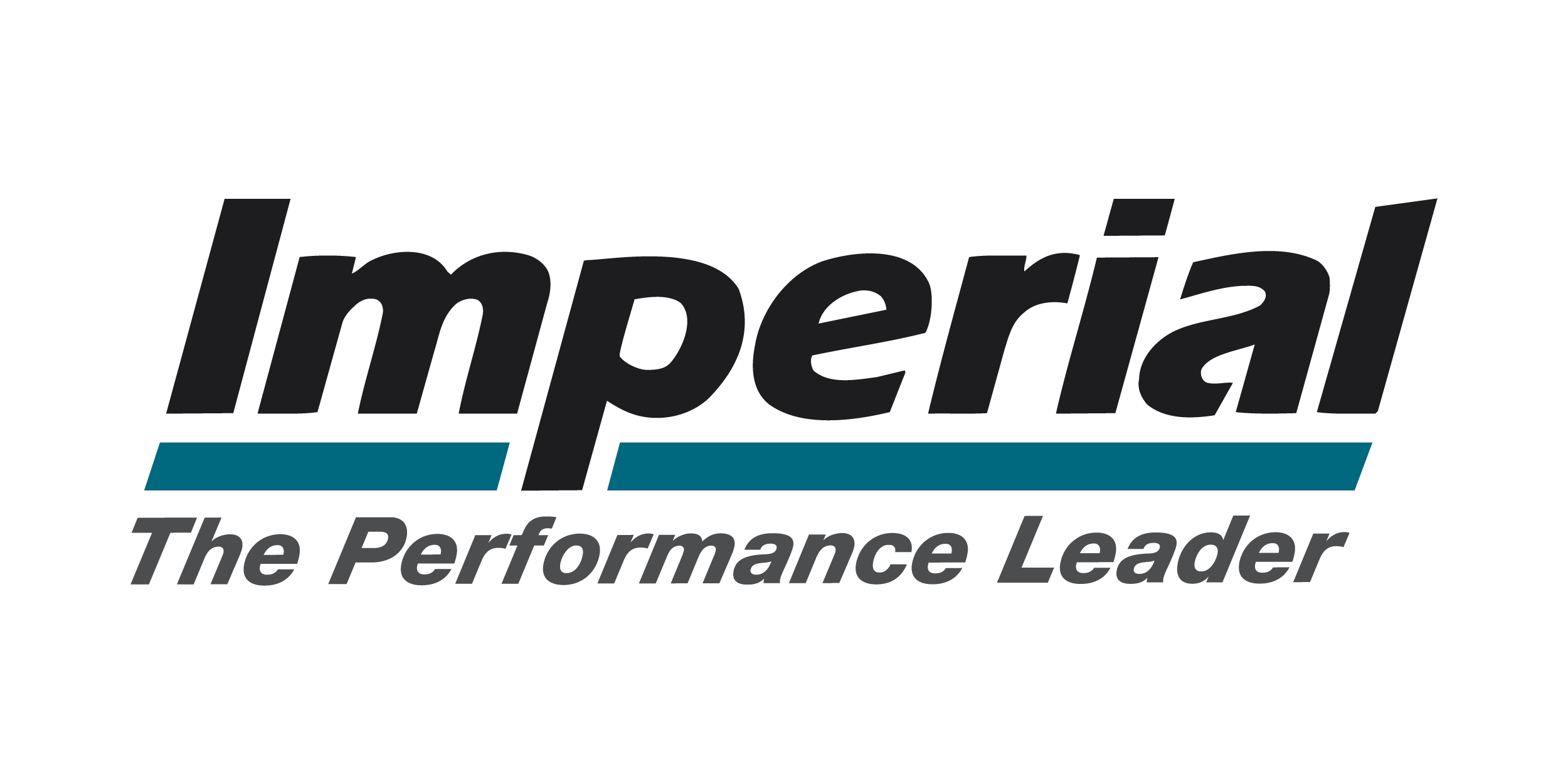As the summer season comes to a close, families are starting to do their Back-to-School (BTS) shopping. According to a National Retail Federation (NRF) study, BTS and college spending is the second highest shopping season for retailers, after the winter holidays.
Total BTS spending accounts for over $76 billion annually with more than $3 billion being spent on school supplies. The study also showed that for the past ten years, BTS spending increased 42% and is expected to increase 4-5% for 2017.
Retail stores, including supermarkets, continue to remain the preferred shopping location for school supplies with 70% of shoppers reporting in-store preference according to an International Council of Shopping Centers (ICSC) study. The study shows that value, quality, variety, item availability, and price are key factors in selecting where shoppers seek out their product needs for BTS.
The following SMART tips can help guide supermarkets to make the most of BTS sales:
Social Media: Tap into social media for trends and advertising opportunities. While most shoppers prefer to make their purchases in a brick-and-mortar store, BTS shoppers are increasingly looking to various social media platforms and video blogs for BTS product ideas and new` trends before they purchase items in-store. The two digital media sharing platforms most utilized by teens and millennials for back-to-school-and-college pre-shopping items are Pinterest and YouTube. Attention to trends on these platforms and even sponsoring BTS-related segments to show off product offerings can give retailers an edge on BTS sales.
Mobile Technology: Integrate into mobile apps. According to a study by Retail Customer Experience, 80% of shoppers plan to use their mobile devices to facilitate their BTS shopping. Supermarkets who can integrate their apps to include BTS shopping lists, item location, pricing, promotions and coupons will enhance the customers’ BTS shopping experience.
Assortment: Know your local schools and colleges. The NRF study found that over 80% of shoppers use BTS lists to determine their purchases. Schools typically issue specific lists of supplies that students are required to have. Offering items specified on those lists is key to strong BTS schools. Providing local school supply lists in stores can provide an added convenience for shoppers and boost sales for retailers.
Stores located near colleges and universities can also sell an expanded assortment of general merchandise to help students move into dorms and off-campus housing. Imperial’s BTS sales repeatedly show area rugs as a seasonal top-seller. Waste baskets, bath and closet accessories, cleaning supplies, fans, storage containers, bed sheets, small appliances, cutlery and room furnishings also drive top BTS sales.
Related Product: Cross-merchandise with key grocery items. Cross-merchandising school supplies, lunch-on-the-go and other BTS needs with snacks and other grocery items helps shoppers find what they need. Supermarkets can inspire school snack and easy meal ideas by tying in grocery promotions with the GM products to execute them (e.g. food storage, small appliances).
Timing: Use start dates of local schools and college to inform optimal timing of BTS ads and promotions. Supermarkets can help to meet shoppers’ basic and last minute BTS needs with convenience. While BTS stationery sales in mass and drug stores starts in July, peaks in early August and declines in late August; BTS and stationery sales at grocery stores peak in late August and do not decline until mid-late September. Traditionally, for supermarkets, the increase in BTS sales occurs a few weeks before and two weeks after school starts.
With proper planning and in-store preparation, supermarkets can take advantage of the profitable school supply and accessory business, and make BTS a very successful selling season.

